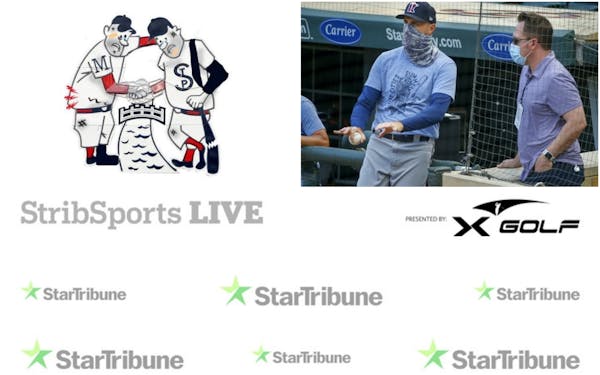Corey Kluber threw the sixth no-hitter already in Major League Baseball this season on Wednesday for the Yankees — the same day the Twins got just two hits (both by Nelson Cruz), by the way, against Chicago, and just a day after the fifth no-hitter in the majors.
Twins pitcher J.A. Happ took a no-hitter into eighth inning earlier this season as well.
What exactly is going on here? Is 2021 a cinch to break the modern record of seven no-hitters in a season (shared by several years, most recently 2015)?
Well, not a cinch. But conditions are particularly ripe for no-hitters this season.
Some of it is pretty simple math: the collective batting average in MLB so far this season is .236, which would be the lowest mark in more than a half-century. Fewer overall hits increases the chance of a no-hitter in any particular game.
But more than that, an interesting stat tweeted by Baseball Reference this week caught my eye: 2021 so far also has the highest percentage of hitless innings of any season going back more than a century. This year, 46.2% of half-innings go by without a hit. The lowest mark in the last 50 full seasons before that? 2020, at 44.6%.
Hitless half-innings 46.2% of the time suggest that there should be a no-hitter in about 1 of every 500 games. The math? Multiply 46.2% by 9 innings and you get a shade under 0.1% of zero hits in nine innings. So one team's chances of being no-hit are 1 in 1,000, but with two teams in every game (at least for now, until Commissioner Rob Manfred insists on more dumb rules) the chances in a game are 1 in 500.
There have been just under 650 games so far this season, suggesting there should have been one or two no-hitters. But sometimes they come in bunches, and with 2,400 games in a season having five over a full year would be about right on average.
How are there six already? Some of it is just coincidence. But even small shifts in hitless inning rates can have a dramatic effect.
While the Baseball Reference tweet about hits per half inning didn't break things down at a team level, let's look at Seattle — hitting a paltry .198 entering Thursday and already having been no-hit twice this season. Other data suggests their hitless rate is about 59% of innings. That suggests Seattle should go without a hit about once ever 115 games.
But match them against a pitcher who doesn't give up many hits, and things get interesting. For instance, John Means — one of the two pitchers to throw a no-hitter against Seattle this year — has four other starts already this season in which he has allowed three or fewer hits in six or more innings. In those games he held opponents hitless in 67% of his innings.
A pitcher who does that as a rule — or at least when he has his best stuff — will throw a no-hitter about once every 37 games. Let a pitcher who doesn't give up hits go against a team that doesn't get hits, and you have the recipe for one of six no-hitters this season.
Some other data that contributes: MLB hitters are striking out at a higher rate than at any other point in history — about once per inning. And hitters have just a .287 batting average on balls put in play, which for a full season would be the lowest mark in almost 30 years. Fewer balls in play, and fewer of those going for hits? Yep, those are also ingredients for a lot of no-hitters.
That said, the pace almost certainly will slow down. The New York Times noted that there were five no-hitters in 1917 in the first month of the season but just one after that.
But: It would hardly be shocking to see a few more no-hitters this season given the conditions and the math, and a double-digit final total that would shatter the previous record is not out of the question.

